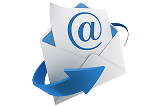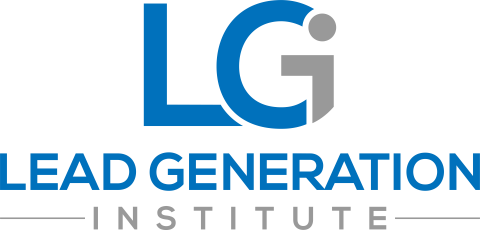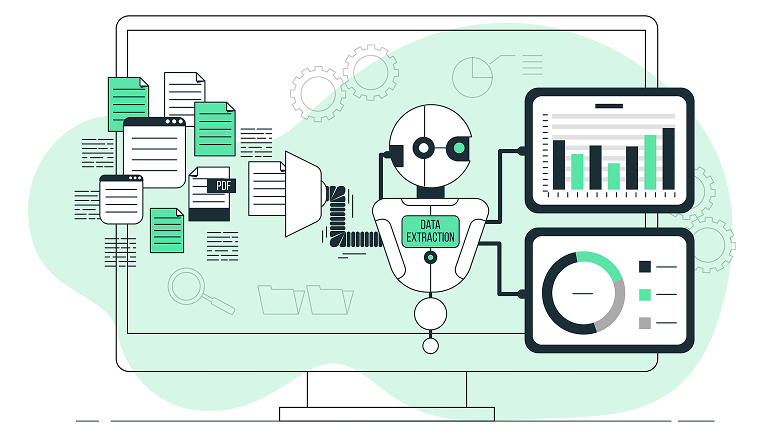LinkedIn is one of the most powerful platforms for affordable lead generation, especially for small businesses looking to grow their network and connect with high-value prospects. But manually managing LinkedIn tasks—like sending connection requests, following up with leads, or messaging prospects—can be time-consuming. That’s where LinkedIn automation comes in.
Let’s learn how LinkedIn automation works effectively, saves time, and boosts your sales and marketing efforts.
1. Understand How LinkedIn Automation Works
LinkedIn automation tools are designed to handle repetitive tasks like viewing profiles, sending connection requests, and following up with messages—all without you having to do it manually.
How the Software Works:
- Connect Your Account: Start by linking your LinkedIn account to the automation software. You’ll need to verify the connection using a 6-digit code sent by LinkedIn within a few minutes, or the code will expire, and you will have to repeat the process. So make sure you are logged into your account and have your cell phone near by and access to your email account to get your access code from LinkedIn.
- Create Connection Requests: Write a short, personalized message (under 300 characters) for your connection requests. For example:
Hi [First Name],
I noticed we share several common connections on LinkedIn and would like to add you to my network. Sincerely,
Shawn Elledge
CEO – Sales Lead AutomationMake sure to leave enough room/characters for the person’s first name. For this reason, we recommend you strive for under 285 characters in your connection request message.
- Personalize Messages: Use attributes like first name, job title, or company name to make your messages feel personal. Tools like Hyperise even allow you to include customized images in your outreach.
💡 Pro Tip: Keep messages concise and avoid adding links in initial connection requests to prevent them from being flagged as spam.
2. Review and Update Your LinkedIn Profile First
Before you start using automation tools, ensure your LinkedIn profile is optimized for lead generation. A professional profile builds trust and increases the likelihood of your connection requests being accepted.
Best Practices:
- Profile Picture: Use a recent photo with good lighting and a friendly smile (your face should take up 60% of the frame).
- Background Photo: Choose an image that reflects your company or industry, such as a logo or an industry-relevant graphic.
- Headline: Go beyond your job title—highlight what value you bring (e.g., “Helping Small Businesses With Affordable Lead Generation Strategies”).
- Summary Section: Tell a story about who you are, what problems you solve, and why people should connect with you. Include a call-to-action (CTA) inviting visitors to reach out.
We get into more detail about creating the perfect LinkedIn profile here.
3. Target the Right Audience with Connection Requests
LinkedIn allows you to send approximately 100 connection requests per week (400 per month). To make the most of these limits, focus on high-value prospects who match your Ideal Customer Profile (ICP).
Who Should You Target?
![]()
- Top Prospects: Personalize connection requests for leads that align with your ICP.

- Group Members: Join relevant LinkedIn groups and send up to 200 one-off messages daily to group members (limit this to 150 messages per day to stay safe).

- Email Contacts: Sync your Google or Office 365 contacts with LinkedIn to invite more people beyond standard limits.

💡 Pro Tip: Save generic templates for lower-priority leads and reserve personalized outreach for high-value prospects.
4. Leverage Data from LinkedIn Automation
Once your connection request is accepted, you gain access to valuable data based on the user’s privacy settings. This data can include:
- Personal email addresses (most common).
- Work or personal phone numbers.
- Job roles and company details.
Why This Matters:
With this information, you can move beyond LinkedIn messaging and establish direct communication via email or phone—channels that often yield better results.
5. Combine Automation with Personalized Engagement
Automation tools are excellent for handling repetitive tasks but don’t replace the human touch needed for building relationships. To maximize results:
- Use automation for tasks like sending follow-ups or tracking responses.
- Spend time personalizing messages for top prospects and engaging in meaningful conversations.
- Post original content regularly and interact with groups to stay visible on the platform.
💡 Pro Tip: Salespeople spend only 28% of their day selling—automation frees up more time for meaningful interactions that drive conversions.
Why LinkedIn Automation is Essential for Affordable Lead Generation
LinkedIn automation saves time while helping you scale your outreach efforts efficiently. Here’s how it benefits small businesses:
- Boosts Productivity: Automates repetitive tasks so you can focus on closing deals.
- Improves Reach: Connects you with more prospects in less time while staying within LinkedIn’s limits.
- Enhances ROI: Combines automation with personalized engagement for better results.
Note: Anyone who accepts your connection request will see your content in their news feed. This is very important when trying to get your message out to a large number of ideal prospects.
Make sure to post regularly to ensure your content and expertise are being seen by your LinkedIn connections.
Take Action Today!
Ready to unlock the full potential of LinkedIn for affordable lead generation? Start by optimizing your profile and leveraging automation tools effectively!
Visit https://leadgenerationinstitute.org/about-lgi/ for expert tools and resources tailored specifically for small businesses like yours! 🚀
FAQs About LinkedIn Automation
Q: What is LinkedIn automation?
A: It’s software that automates tasks like sending connection requests, follow-ups, and messages on LinkedIn.
Q: How many connection requests can I send weekly?
A: You can send up to 100 connection requests per week (400 per month).
Q: Is LinkedIn automation safe?
A: Yes, if used responsibly—stick to limits (e.g., 100 connection requests/week) and avoid spammy behavior.
For personalized guidance on building an effective ICP, contact Shawn Elledge at Shawn@LeadGenerationInstitute.com




